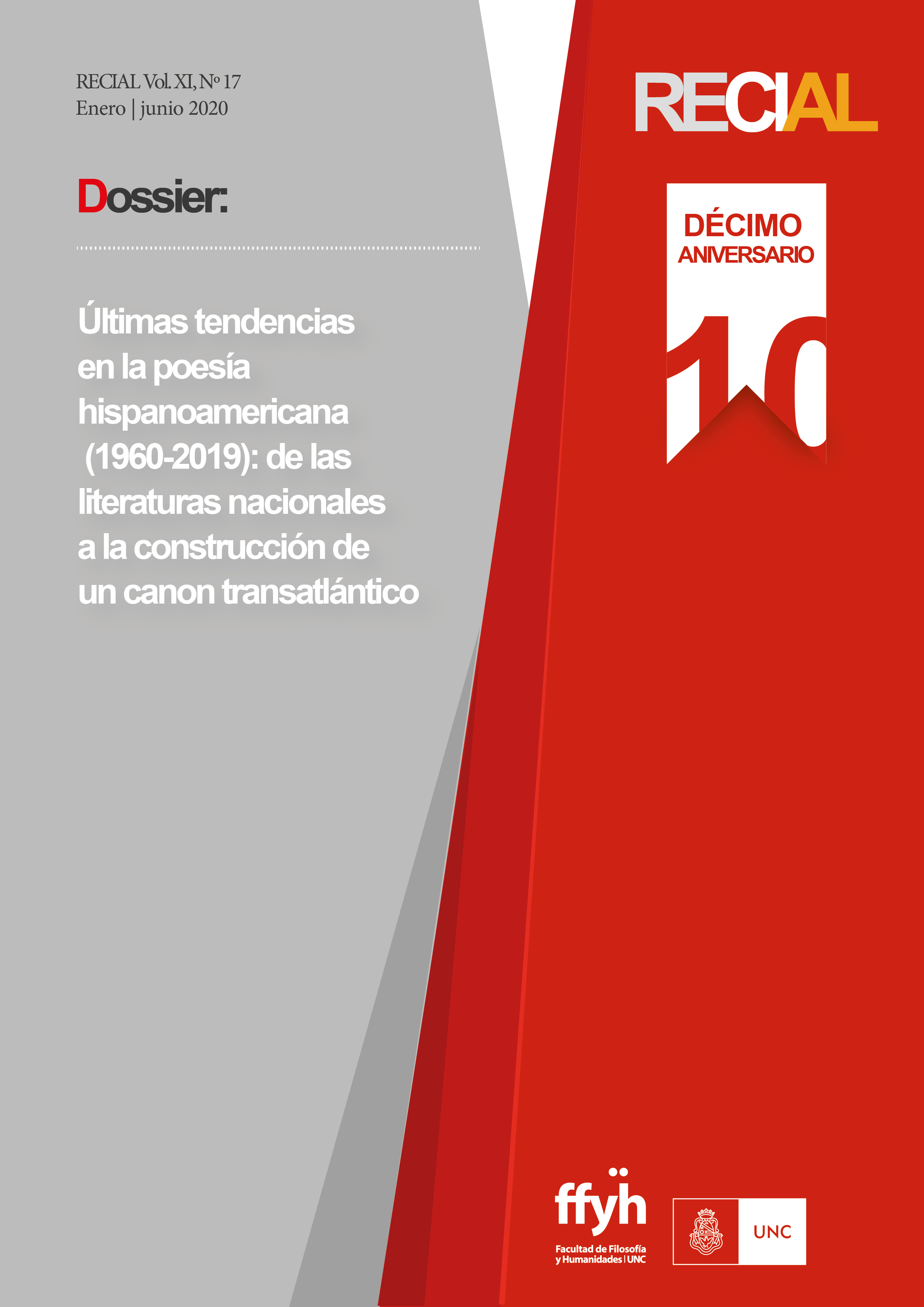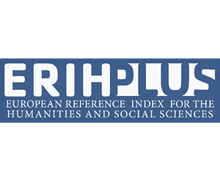The Monk or the model of revolutionary rhetorics: a metamorphosis of evil
DOI:
https://doi.org/10.53971/2718.658x.v11.n17.29424Keywords:
gothic literature, metamorphosis of evil, modernism, revolutionary rhetoric, revolutionAbstract
The attraction for terror, mystery and monsters has existed even since ancient times, as
the novels and Hellenistic tragedies, but also Elizabethan drama. However it is from the
second half of the 18th century and especially towards the French Revolution, when the libertine novels appear in France, also called romans noirs, and the gothic novels in
England, called tales of terror as a response to the Enlightenment paradigm that takes
medieval materials redefining them in order to create new aesthetic forms. I am
interested here to study the metamorphoses of evil that revolutionary rhetoric, in this
case, The Monk, operates as a gothic novel through the recovery and resemantization of
medieval evil, according to which the latter reflect the sinister singularity of modern
literature .I will mainly take the concepts of monstrosity and evil and analyze them
hermeneutically to interpret what the metamorphosis of these categories is like in the
late eighteenth century, with the event of the French Revolution in the aforementioned
work. In this work we brace The Monk as a model of the revolutionary rhetoric that will
mark the aesthetic trend towards the 19th century thanks to his original commitment
that is firstly to represent the metamorphosis of evil even using medieval materials, and
secondly, to attend to the place of receptors, caring about producing certain aesthetics
that arouse interest in a new sensibility.
Downloads
References
Bronfen, E. (1996). Over her Dead Body: Death, Femininity and the Aesthetic. Reino Unido: Manchester University Press.
Burke, E. (2019). De lo sublime y lo bello. Argentina: La Sofía Cartonera.
De Staël, M. (2015). La literatura y su relación con la sociedad. España: Berenice.
Groom, N. (2012). The Gothic: A Very Short Introduction. Reino Unido: Oxford.
Kant, I. (2003). Lo bello y lo sublime. Recuperado de https://www.biblioteca.org.ar/libros/89507.pdf
Ledesma, J. y Castelló Joubert, V. (Coords.). (2012). Revolución y literatura en el siglo XIX: Fuentes, documentos, textos críticos (Vol. 1). Argentina: Facultad de Filosofía y Letras. Recuperado de http://publicaciones.filo.uba.ar/revoluci%C3%B3n-y-literatura-en-el-siglo-diecinueve-tomo-1
Lewis, M. G. (1976). El monje con introducción de Jaime Rest. Argentina: Librerías Fausto.
Lewis, M. G. (1996a). El monje. España: Valdemar.
Lewis, M. G. (1996b). The Monk. Estados Unidos: Project Gutemberg. Recuperado de http://www.gutenberg.org/ebooks/601
Muchembled, R. (2002). Historia del diablo. Siglos XII a XX. México: Fondo de Cultura Económica.
Praz, M. (2018a). La carne, la muerte y el diablo en la literatura romántica. España: Acantilado.
Praz, M. (2018b). El pacto con la serpiente. España: Acantilado.
Rest, J. (1976). Introducción. En Lewis, M. G., El monje. Argentina: Librerías Fausto.
Sade, Marqués de (2009). Ensayo sobre las novelas. En Autor, El cornudo de sí mismo y otros cuentos. Argentina: Dedalus.
Sánchez, F. J. (2013). Lo gótico: Semiótica, género, (est)ética. Herejía y Belleza, (1), 23-38. Recuperado de https://dialnet.unirioja.es/servlet/articulo?codigo=4111818
Serrano, V. (2010). Soñando monstruos. España: Plaza y Valdez.
Serrano, V. (2014). Naturaleza muerta. Chile: Universidad de Valparaíso.
Thévenin, C. (1793). La prise de la Bastille [Pintura]. Francia: Carnavallet.
Torres Oliver, F. (1996). Introducción. En M. G. Lewis, El monje. España: Valdemar.
Downloads
Published
Issue
Section
License
Copyright (c) 2020 Julieta Videla Martínez

This work is licensed under a Creative Commons Attribution-NonCommercial-ShareAlike 4.0 International License.
Aquellos/as autores/as que tengan publicaciones en esta revista, aceptan los términos siguientes:
- Los/as autores/as conservarán sus derechos de autor y garantizarán a la revista el derecho de primera publicación de su obra, el cuál estará simultáneamente sujeto a la Licencia de reconocimiento de Creative Commons que permite a terceros compartir la obra siempre que se indique su autor y su primera publicación esta revista.
- Los/as autores/as podrán adoptar otros acuerdos de licencia no exclusiva de distribución de la versión de la obra publicada (p. ej.: depositarla en un archivo telemático institucional o publicarla en un volumen monográfico) siempre que se indique la publicación inicial en esta revista.
- Se permite y recomienda a los/as autores/as difundir su obra a través de Internet (p. ej.: en archivos telemáticos institucionales o en su página web), luego de su publicación en la revista. (Véase El efecto del acceso abierto).

























